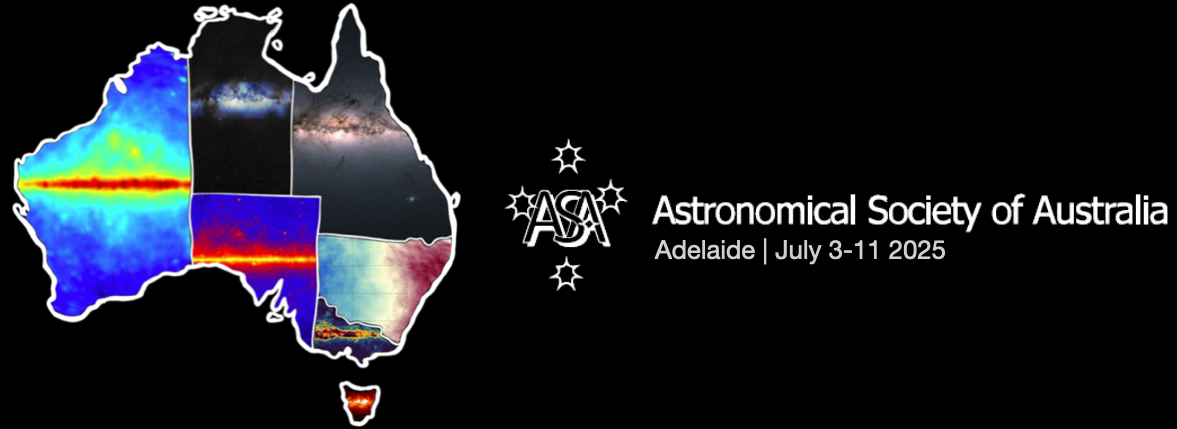Speaker
Description
Now more than 150 years old, the technique of aperture masking interferometry has played a crucial role in high angular resolution astronomy, allowing ground-based observatories to achieve sub-seeing-limited precision. Today, when complemented with adaptive optics, aperture masking continues to provide high-resolution observations, pushing beyond the classical diffraction limit. However, traditional masking methods are heavily restricted both in sensitivity and spatial information in order to meet the requirement of non-redundancy. In order for a mask to be considered non-redundant, the number of holes, or sub-apertures, across which the science signal is sampled, is severely limited, usually resulting in a throughput of 10% or less. Jewel Masks, a novel optic developed at the University of Sydney, enable high-sensitivity aperture masking and preserves the information of the full pupil. Through the use of perforated wedged windows, Jewel masks combine multiple non-redundant patterns onto a single mask, tessellating the entire pupil with sub-aperture holes. In my talk I will cover the design and optical forwards modelling empowering Jewel masks along with the expected science and metrology applications, with first use on the Subaru Telescope.

